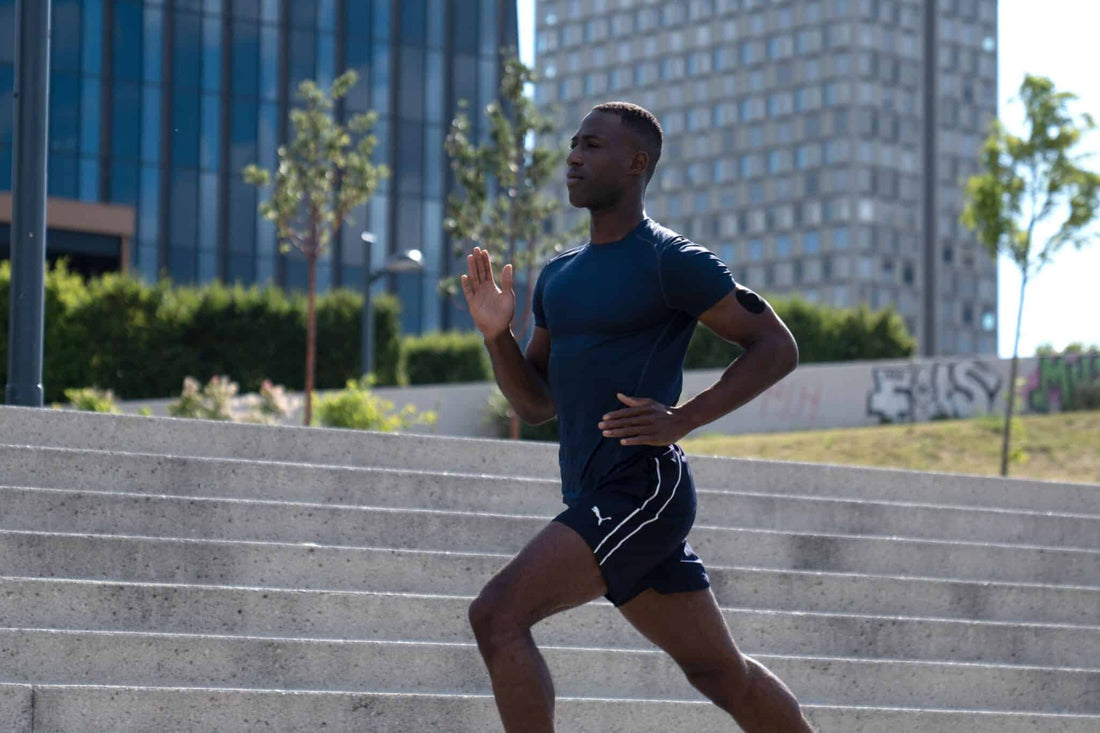You've probably heard that exercise is good for your health . But how does it affect blood sugar levels? Does it drop or rise? And what does that mean?
It may surprise you, but both are true.
Understanding why and when something happens is an important part of health management.
How are exercise and blood sugar related?
Exactly how exercise affects blood sugar levels can vary from person to person. Some notice significant effects, while others see only small changes in their blood sugar curves.
Typically, changes in blood sugar levels (up or down) depend on the type, duration, and intensity of physical activity, as well as your diet and general health. The relationship between blood sugar and exercise is therefore complex.
The best way to understand the connection between exercise and blood sugar is to delve directly into the science. So let's take a look at a blood sugar chart .
When you exercise, your body relies on two fuel sources: glucose and fat. How your blood sugar changes during exercise depends on the intensity of your exercise and the fuel source your body uses.

Which sports affect blood sugar levels?
Light endurance exercises like yoga, light jogging, or gentle swimming don't require quick energy bursts. In these cases, the body draws more energy from fat, so your blood sugar level usually stays the same or decreases.
During high-intensity exercise (such as HIIT, interval training, or strength training), your body doesn't have the energy reserves needed to support your workout. Therefore, it draws glucose from its stores to provide immediate energy for your workout. This extra burst of glucose leads to a sharp rise in blood sugar levels.
So should you avoid blood sugar spikes during exercise?
The sudden rise in blood sugar during high-intensity exercise may alarm you, but it doesn't have to. The acute rise in blood sugar during high-intensity exercise is a completely different physiological response than eating a cookie, which spikes blood sugar. The rise in blood sugar during strenuous exercise improves both fasting blood sugar and insulin sensitivity over time. These adaptations support your metabolic health and blood sugar management.
By continuously measuring your blood sugar levels before, during, and after exercise, you can analyze your body's response. Seeing how your blood sugar levels change during exercise will help you find the right workout for your situation and achieve your health goals.



